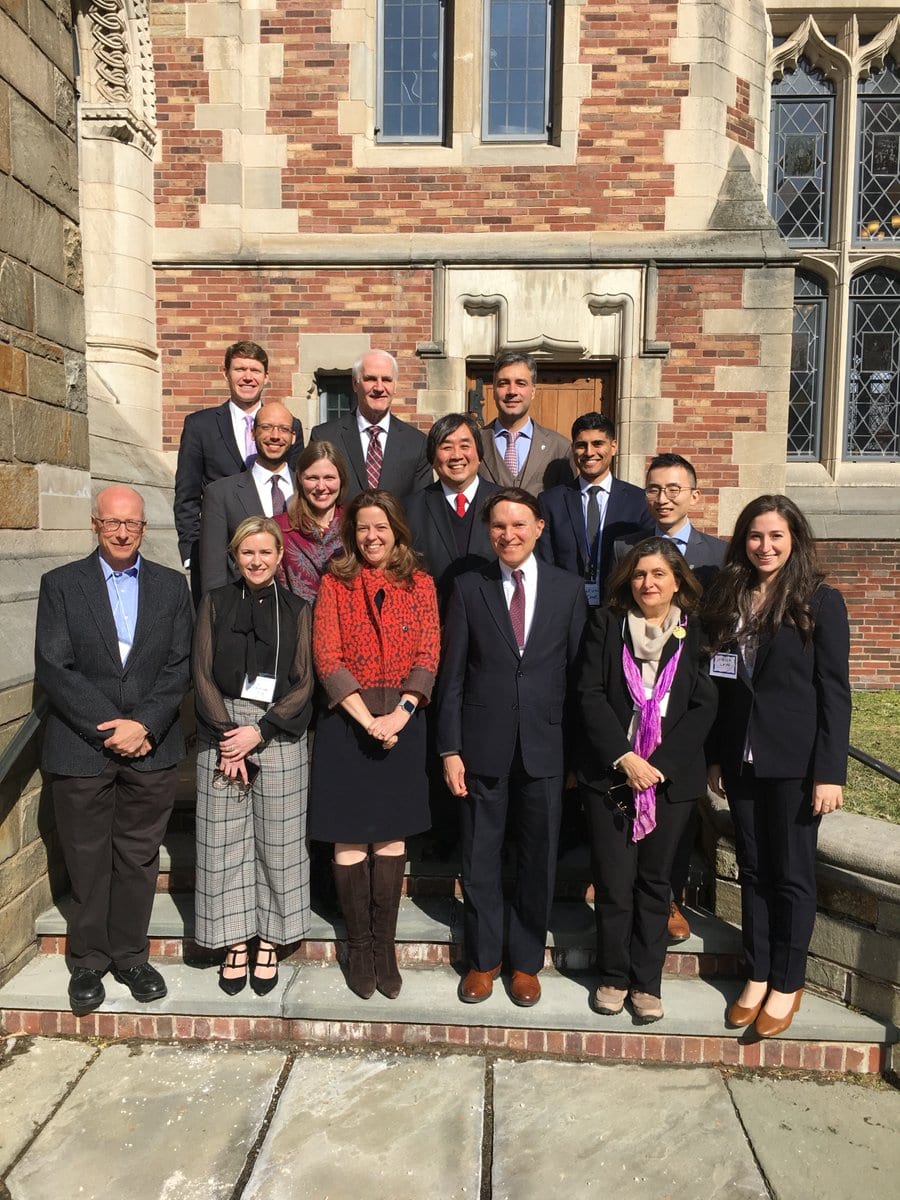Symposium: Managing Mixed Migration
Managing Mixed Migration
The term “mixed migration” is typically used to describe the cross-border movements of people who are prima facie refugees and people who move for economic reasons. But the term also characterizes many individual migrants’ mixed rationales for leaving home: It is possible to migrate both to escape persecution and to seek opportunity, and, indeed, vast numbers of people have done just that. In recent years, governments around the world have seized upon migration’s mixed character to justify restrictive responses to new arrivals, to appeal to domestic constituencies, and to incentivize cooperation with foreign partners.
There is no shortage of contemporary examples. The displacement of Ukrainians to the rest of Europe in 2022; the reported instrumentalization of Iraqi migrants by Belarus in 2021; and the repeated “caravans” of migrants leaving Central America for the United States in 2018 are just a few of the mobility events that have defined the contemporary era. Taken together, these events have demonstrated the wide range of public and governmental perceptions of migration’s mixed character.
The essays collected in this Symposium survey the law, politics, and history of mixed migration. They reveal how states have interpreted the term and showcase the promise and perils of migrant categorization. Above all, they tell a story about how governments rely on the mixed character of migrant flows and the mixed motives of people on the move to draw categories, force emigration, and constrain immigration.
The Symposium begins with two essays that grapple with the economic rights of asylum seekers and refugees, exploring how the categories of “refugee” and “economic migrant” have complicated asylum seekers’ right to work. In Refugees as Workers, Jaya Ramji-Nogales argues that several provisions of the 1951 Convention Relating to the Status of Refugees conceptualize refugees as laborers, in contrast to the prevailing consensus. In Impoverishing Asylum, Zachary Manfredi explores how a recent U.S. regulatory regime restricts asylum seekers’ access to work authorization, departing from international law’s recognition of asylum-seekers as bearers of social and economic rights.
Two subsequent essays address the strategies that states use to externalize migration control and, when asylum seekers reach state territory, the measures that governments take to avoid categorizing noncitizens as refugees. As Craig Damian Smith argues in Visa Policies, Migration Controls, and Mobility Aspirations, recent “global regimes of closure” have foreclosed regular migration, frustrated people’s mobility aspirations, and encouraged “new mixed flows.” When noncitizens arrive on a state’s territory, the state is left to distinguish between those deemed deserving of entry and those deemed outside the categories that confer protection. As Martijn Stronks contends in Locked in Temporality, states have adopted mechanisms that perpetuate precarity among new arrivals while those all-important status determinations are being made.
When noncitizens fall beyond the existing categories used to label migrants, the consequences can include prolonged restrictions on their movement. In Margins of Empire, Timothy Webster traces the long-term effects of Japan’s forcible relocation of Koreans during World War II, along with the efforts to redress the legacy of that policy. In When Do “Closed Camps” Become Prisons by Another Name?, Mara Revkin adds to the longstanding discourse regarding constraints on freedom of movement in camp settings by examining the exceptional circumstances presented by the containment of Syrian, Iraqi, and third-country nationals in Al-Hol, a camp in northeastern Syria.
The Symposium’s final essays detail innovative responses to the shortcomings of the current migration regime. Stefano Angeleri and María Teresa Palacios Sanabria, in A Rights-based Assessment of the Temporary Protection Statute for Venezuelans in Colombia, offer a rare academic analysis of the recently implemented regularization mechanism for Venezuelan migrants in Colombia. Pooja R. Dadhania, meanwhile, imagines a new manner of categorizing migrants based on responsibility for transnational wrongful acts in Reimagining Sovereignty to Protect Migrants.
Diverse in examples and themes, these essays reveal some of the many questions that mixed migration raises both for states and for international law.
Refugees as Workers
Jaya Ramji-Nogales
Impoverishing Asylum
Zachary Manfredi
Visa Policies, Migration Controls, and Mobility Aspirations
Craig Damian Smith
Locked in Temporality
Martijn Stronks
Margins of Empire
Timothy Webster
When Do “Closed Camps” Become Prisons by Another Name?
Mara Revkin
A Rights-based Assessment of the Temporary Protection Statute for Venezuelans in Colombia
Stefano Angeleri and María Teresa Palacios Sanabria
Reimagining Sovereignty to Protect Migrants
Pooja R. Dadhania



